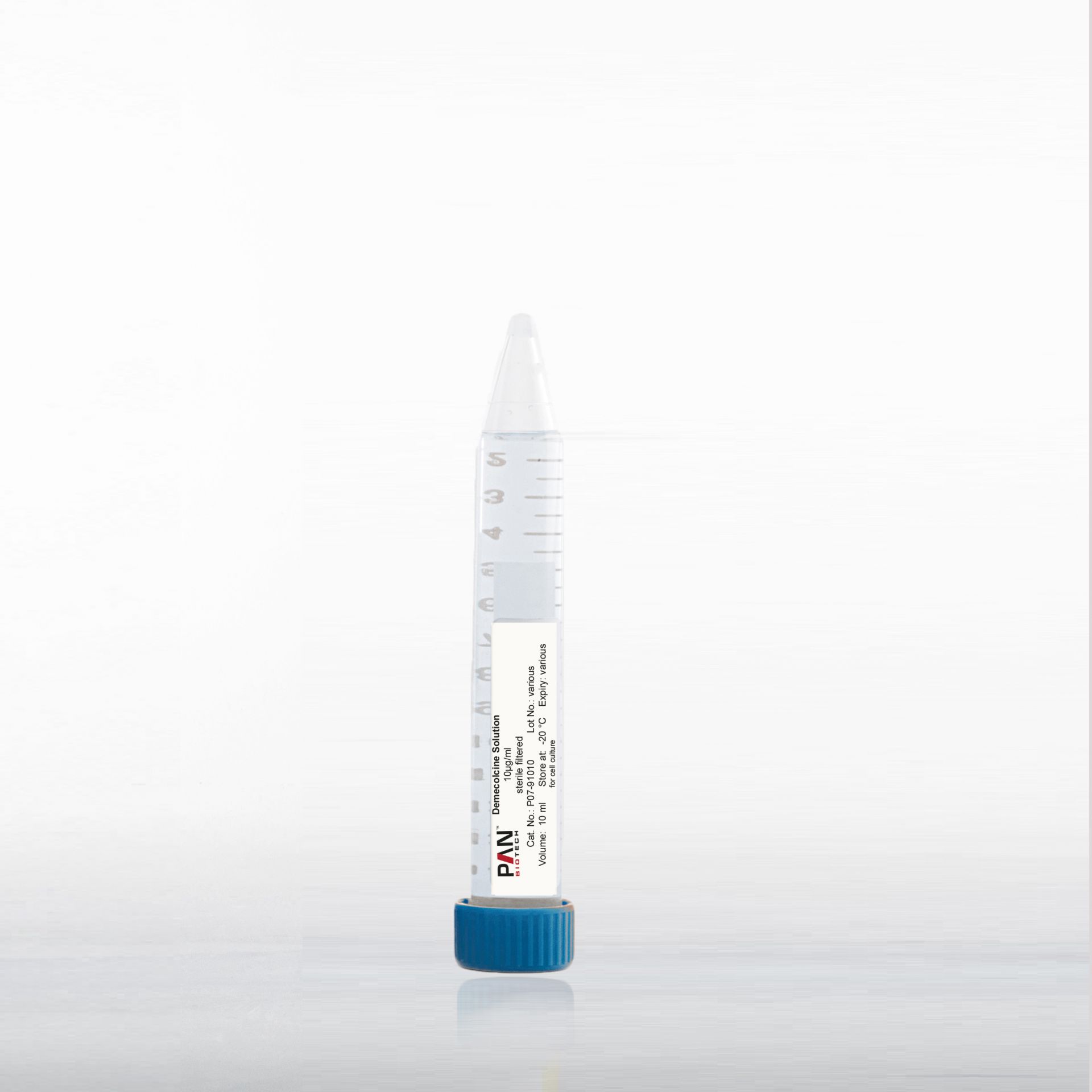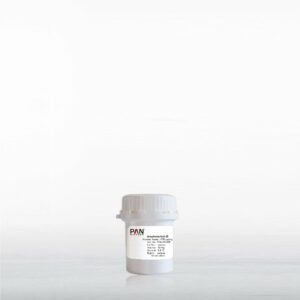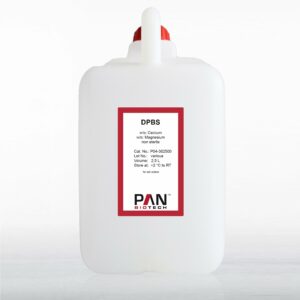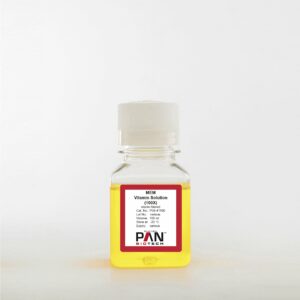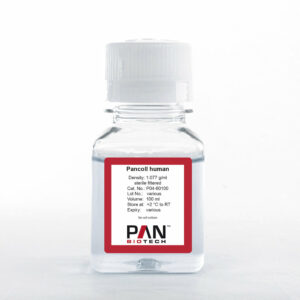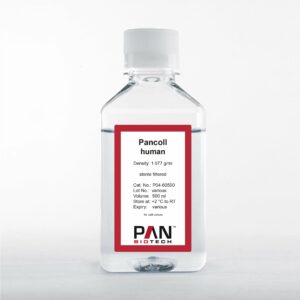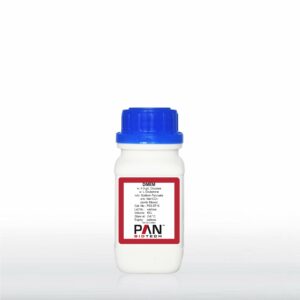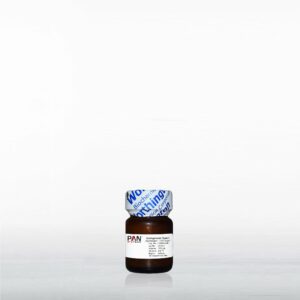
Maximum efficiency without loss of quality PAN-Biotech reagents are tested according to the highest possible quality standards. All liquid reagents are dissolved according to in-house specifications, sterilized and filtered at 0.2 μm. Before final release, the reagents undergo extensive quality tests e. g. sterility, pH value, osmo.
FOR RESEARCH USE ONLY!
Demecolcine solution 10 µg/ml
Cat-no : P07-91010
Size: 10 ml
Sterile : Yes
Store at: -20°C
HS-Code: 29397990
Information:
- Chromosome Doubling: Demecolcine is used to prevent the formation of the spindle fibers during cell division. When cells are exposed to demecolcine during the right phase of cell division, it can result in the doubling of chromosomes. This technique is often employed in breeding programs to produce polyploid plants, which may exhibit beneficial traits such as increased size, improved disease resistance, or altered flowering times.
- Production of Somatic Hybrids: Somatic hybridization involves fusing two cells from different species or varieties to combine their genetic material. Demecolcine can be used to help achieve this by preventing normal cell division, facilitating the fusion of two cells into a single hybrid cell.
- Mitotic Arrest: By disrupting microtubule formation, demecolcine can be used to arrest cells in metaphase, a specific phase of the cell cycle. This makes it easier for researchers to analyze and count chromosomes under a microscope, helping in karyotyping and chromosomal studies.
- Studying Cell Cycle Dynamics: As demecolcine impacts the cell cycle, it can also be utilized to study various aspects of cell cycle dynamics and the role of microtubules in cellular processes.
For effective use in tissue culture, it’s vital to get the concentration of demecolcine right. Too high a concentration or prolonged exposure can be detrimental to cells. Therefore, optimization experiments are usually required to determine the best conditions for each specific application.
| Vendor | PAN Biotech |
|---|
Related products
Tissue Culture
Tissue Culture
Tissue Culture
Tissue Culture
Tissue Culture
Tissue Culture


